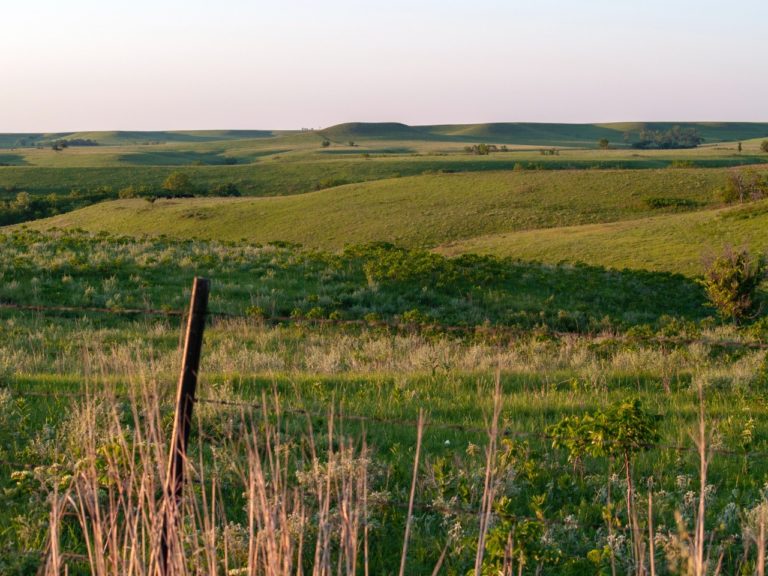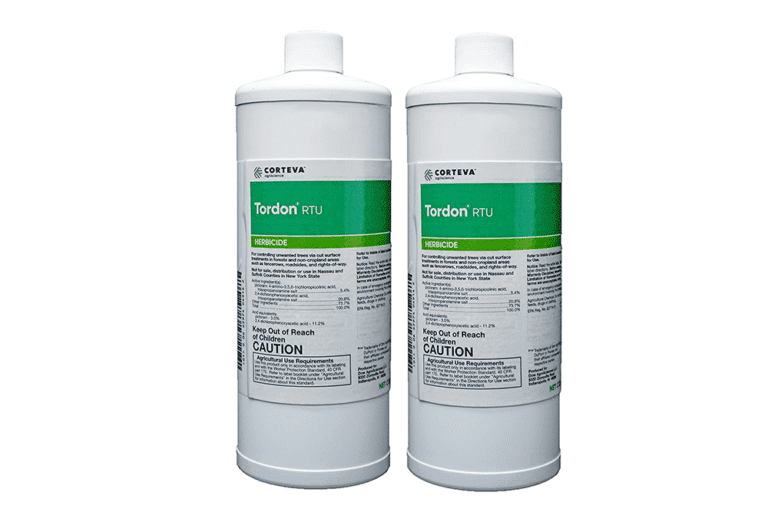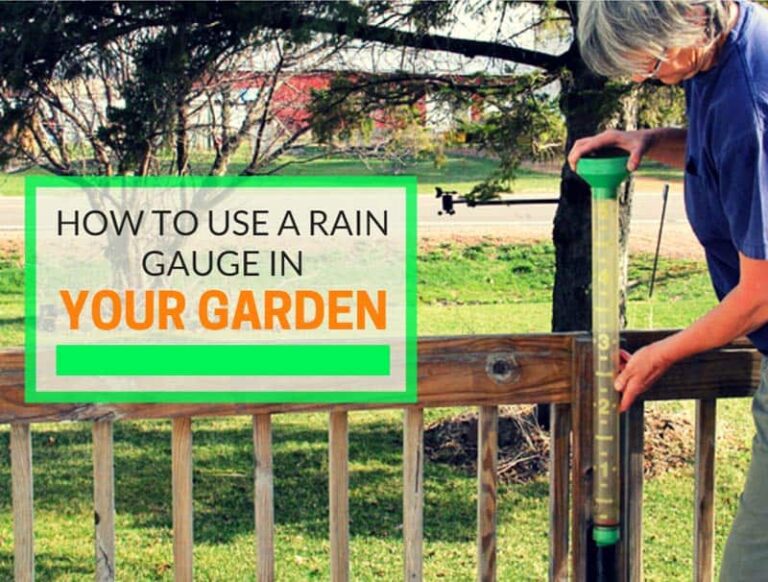Eat Healthy by Picking the Best Fruit Trees
Our recommendation for the best fruit trees is the Honey Crisp Apple Tree found at most nurseries. This apple has a lot going for it besides its delicious taste. Planting fruit trees sometimes pose a challenge for gardeners. They are sometimes fussy. Full sun is a must. We opted for a tree that can tolerate a variety of hardiness zones. Read on to learn more tips and advice about picking a fruit tree.
Our Top Picks for the Best Fruit Trees
[wptb id="8103" not found ]Choosing a Fruit Tree
The first thing you’ve probably considered when buying a fruit tree is what kind of food do you want. There are some options to grow a blend with rootstock, or grafted varieties of fruit trees, is common. While limitations exist, you’ll find that many cultivars exist for different varieties. Your choice of a particular type only begins the selection process. Think about how many apples you see at the grocery store. You get the idea.
Yield
Going back to our apple example, the next thing you want to consider is yield. This amount can sway your decision. For example, let’s research what the average apple tree will produce. The University of Illinois Extension estimates a harvest of 20 boxes at 42 pounds each or 840 total pounds! That amount certainly runs on the high side without accounting for loss. But it’s still a lot of edible apples.
But the yield has other implications. You need to consider how you will use your harvest. Remember that the fruits you harvest might not look like the ones at the store. There’s also the issue of yard waste. Unharvested fruit will rot and cause a whole host of other problems. Think about the time and labor you’ll need to invest in cleaning up after your fruit tree.
Pest Management
If you love fruit, chances are there are plenty of wildlife that shares your interest. Any fruit tree can attract deer. It’s an important consideration. Deer are carriers of ticks that spread Lyme disease. But deer aren’t just content with the fruit. They’ll happily feast on leaves, buds, and flowers if the fruit isn’t available. That means you’ll need to plan for some kind of pest control.
Even if you protect your trees, the rest of your landscape plants may entice deer and other pests. It’s something you should realize if you decide to plant a fruit tree. Fruit, after all, isn’t the only plant in your garden that deer will enjoy. They will frequently damage tulips, arborvitae, and other non-food plants. Your fruit tree is only one item on your garden’s smorgasbord.
Cultivars
The chances are that there are a lot of gray areas involved in your choice of a fruit tree. One tree may have a few advantages, but also a couple of deal breakers. Fortunately, you still have options. Let’s say you want an apple tree but don’t want that large of a harvest. Dwarf apple tree varieties could fit the bill. Don’t rule out a particular tree based on one disadvantage. You might luck out.
Bearing Fruit
Another thing you need to know is that many fruit trees aren’t self-fertilizing. That means that they can pollinate their own flowers. With these trees, you’ll need more than one tree pollinating for it to bear fruit. You’ll need a small backyard orchard. Many fruit trees like apple are attractive on their own as ornamental features. If reaping an orchard of a harvest isn’t important, you could opt for a fruit tree based on its looks.
The Things You Need to Know about Trees
Certain factors apply no matter what kind of tree you want to buy. First, you have to consider your space. It’s best to measure the area you want to plant your tree before making your final choice. Consider the size of the mature tree. Cultivars can offer other options so you can match a tree to your site. Your size limit includes both the height and the spread of a tree.
Maintenance
Growing trees involves some routine care. These practices will help ensure the greatest yield of fruit. You can think of a fruit tree as an expectant mother. She must have enough food and water to stay healthy and to nourish her offspring. She may need a bit of extra care.
The same thing applies to a fruit tree. It will need adequate nourishment and moisture. You will also have to prune your tree occasionally. Pruning serves aesthetic purposes to remove dead or malformed branches. But it can also encourage flower and fruit development. It can increase a tree’s density which is essential for a good yield.
Pruning is work. But it isn’t just a matter of hacking away at your fruit tree. Timing is critical. For fruit trees that bloom early like apricot and cherry, you should prune them after the flowers have bloomed. As a general rule of thumb, plan on pruning after the late dormant season. While it seems contrary, pruning helps improve the health and vigor of your tree.
This video from the Utah State Extension explains how the fruiting process affects the way you should prune fruit trees.
Environmental Conditions
You should also pay attention to the environmental conditions of your site. It’s especially critical with fruit trees. For optimal yield, you need to match the right tree with a suitable site. That includes a variety of factors including soil type, moisture, and soil chemistry. Each one can impact the health of the tree, and thus, its yield.
It’s essential to understand what a fruit tree needs to produce an optimal yield. If it doesn’t get enough light or water, it won’t produce a lot of fruit. Remember your tree need adequate amounts of both of these things to produce food, and thus, fruit. It’s not just about keeping a tree healthy. It also involves giving a tree what it needs to produce energy and food.
Our Recommendation: Honey Crisp Apple Tree
Choosing a fruit tree involves more than picking a fruit you like. Other factors can play a role in how well your tree fares. Consider things like your local conditions. Think about the amount of time you want to invest in maintenance. Your best chance of success exists if you weigh these things careful and choose the one that fits the bill.
The Honey Crisp Apple Tree produces some of the tastiest apples you’ll ever find. Developed by the University of Minnesota, it is a hardy tree that can tolerate Zones 3 through 8. That was a big selling point for us. We also liked the fact that it is a compact tree. It will grow up to 20 foot high. Its hardiness and size make it a good fit for a lot of gardening situations.
Adding a fruit tree to your landscaping offers a tasty way to take your gardening to the next level. While they may challenge you, the rewards of a successful harvest are sweet. The thing to remember when looking for a fruit tree is that you must have a location with full sun for the best yield whether that be a peach tree, nectarine tree, plum tree, or pear tree. With the right tree, you can enjoy a harvest that will produce for years to come.



